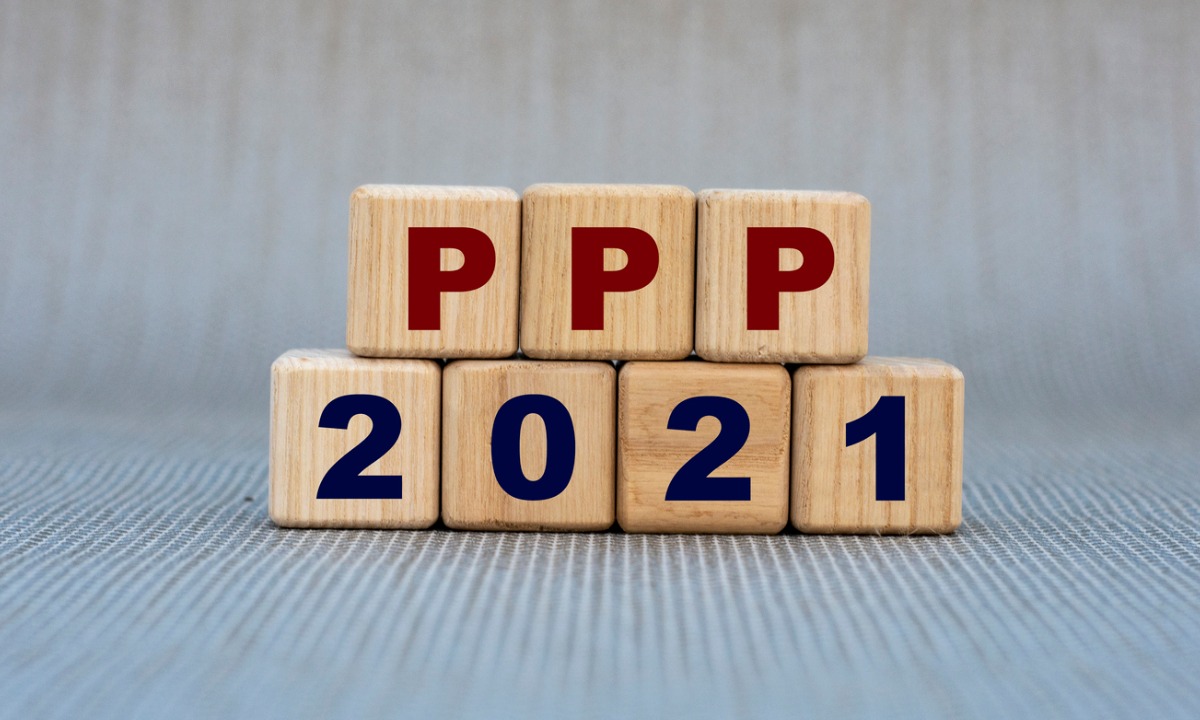The latest COVID-19 relief package passed just before the new year included a second round of funding for the Paycheck Protection Program (PPP). Applications for the program are now available, and we encourage you to apply while funds last.
On Monday, January 11, community banks and credit unions started accepting PPP loan applications. Larger banks and institutions, on the other hand, are not initially being involved. If you haven’t already, check with your bank to find out if they are currently accepting applications, and if not, when it will be available. If you bank with a big money center bank, you may want to apply through a community bank (non-national bank) instead.
Here are some details you need to know about the second round of PPP loans. Like, a summary of qualifications, how to use the funds, and other useful information.
Applying for a Second PPP Loan: Here’s What You Need to Know
1. To be eligible, you must be able to show a 25% decline in gross receipts for a quarter in 2020 relative to the same quarter in 2019 or a 25% annual decline in gross receipts in 2020 vs. 2019. You also must have received a first-round PPP loan.
2.The maximum loan amount is:
- Average total monthly payroll costs incurred or paid during the 1-year period ending before the day on which the loan is made or for the calendar year 2019, multiplied by 2.5; or
- $2,000,000
3. The allowable uses of proceeds from the second PPP loan are more expansive than the first and include the following additional cost categories:
- Operations expenditures:
- A payment for any business software or cloud computing service that facilitates business operations, product or service delivery, the processing, payment or tracking of payroll expenses, human resources, sales and billing functions, or accounting or tracking of supplies, inventory, records and expenses
- Property damage costs:
- Cost related to property damage and vandalism or looting due to public disturbances that occurred during 2020 that was not covered by insurance or other compensation
- Supplier costs — an expenditure made by an entity to a supplier of goods for the supply of goods that:
- Are essential to the operations of the entity at the time at which the expenditure is made; and
- Is made pursuant to a contract order or purchase order that is: 1.) In effect at any time before the covered period with respect to the applicable covered loan; or 2.) With respect to perishable goods, in effect before or at any time during the covered period with respect to the applicable covered loan
- Worker protection expenditures:
- Which include but are not limited to the purchase, maintenance, or renovation of assets that create or expand a physical barrier such as a sneeze guard, a drive-through window facility, an indoor, outdoor, or combined air or air pressure ventilation or filtration system, or an expansion of additional indoor, outdoor, or combined business space as well as personal protective equipment.
Other Important Loan Details to Note
In calculating forgiveness, payroll costs may not include qualified wages taken into account in determining the Employer Retention Tax Credit.
The second PPP also allows for more flexibility in choosing the covered period, which must be at least eight weeks but no more than 24 weeks. Also, for loans under $150,000, there will be a one-page forgiveness application.
From a tax perspective, it is best to use up all categories other than wages first. So to the extent possible, use the proceeds for at least 60% payroll costs and 40% allowable other costs.
If you have any additional questions or concerns, please reach out to us!
We are here to make the complex simple.
.png?width=191&name=mgalogofinal-01%20(3).png)




